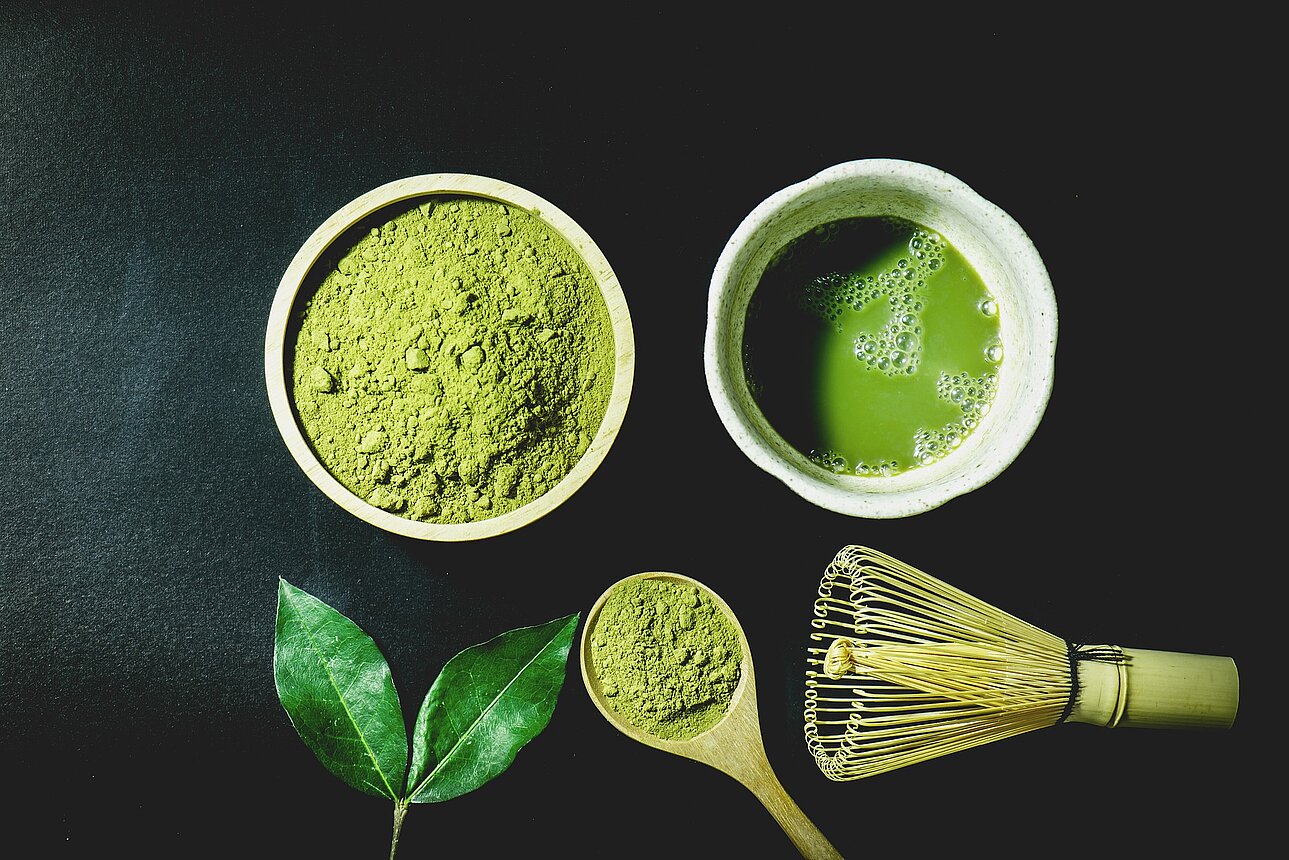 Global Food Trend Perspectives With Cynthia Maxwell
Global Food Trend Perspectives With Cynthia Maxwell
Matcha, Ramen, and Mochi all have a few things in common, they come from Japan and they have been U.S. top food trends for the last few years. They also have their own anti-inflammatory property, can aid in preventing heart disease, and have various health benefits. Matcha is in and on everything, Ramen restaurants both fast and upscale are hot spots in big cities, and the cute sweet Mochi treats are now available at Whole Foods to buy individually, self-serve, mix and match, so you can try all flavors. On top sushi, miso and the best faux proteins ever, Japan is the land of many good cuisines. These are particularly popular for their ability to help with weight loss.
Read on for more global food trends to look out for!
Indian food is a no brainer for the western culture but their 3000 year old + medicine practice, Ayurveda, is definitely new to the majority of the U.S. In the past few years have I seen an influence of Ayurvedic practices in the form of curry powders and spa services. A very complex practice that takes dedicated time to research and apply to one’s daily routine-there is definitely a rise in a few basic principles. Tumeric,on of the many yellow colored curry powders, dates back to around 2500BCE and a major player in Ayurvedic medicine since 500 BCE, has been a hot spice for a while now.It also holds an anti-inflammatory property and can help prevent heart disease.
Receive weekly insights straight to your inbox!
 We started popping tumeric pills, adding it to our smoothies, fish, rice etc hoping for the anti- inflammatory benefits. But the yellow colored spice absorbs best when combined with a protein and has to be purchased in its purest form or the active component is processed out. There are other key factors to using tumeric the correct way, but I digress, it will take a while to explain. In addition to tumeric, ashwaghanda has been added to convenient bottled drinks like Rebbl’s Ashwagandha Chai. Ashwagandha helps with stress, anxiety, increases muscle mass -the list goes on. With the rise of holistic health practices, Ayurvedic medicine will continue to influence food, drink and daily health routines.
We started popping tumeric pills, adding it to our smoothies, fish, rice etc hoping for the anti- inflammatory benefits. But the yellow colored spice absorbs best when combined with a protein and has to be purchased in its purest form or the active component is processed out. There are other key factors to using tumeric the correct way, but I digress, it will take a while to explain. In addition to tumeric, ashwaghanda has been added to convenient bottled drinks like Rebbl’s Ashwagandha Chai. Ashwagandha helps with stress, anxiety, increases muscle mass -the list goes on. With the rise of holistic health practices, Ayurvedic medicine will continue to influence food, drink and daily health routines.
We have long loved hummus and pita from the Middle East, but now their spices, harissa, cardamom and za’atar are featured on menus and in dips, sauces and snacks at your local grocery store. Fast food chain Cava, package and sell their dips and sauces at Whole Foods. The Saffron Road Falafel crunchy chickpea snack might be your new chip alternative. Tahini has been a staple in my vegan and vegetarian friends diets forever, but it is breaking new ground added to smoothies, cocktails and ice cream! Eggplant, pomegranate, grilled halloumi and lamb are just a few other Middle Eastern foods that will continue to trend.
Related Reading: Trend Perspectives with Cynthia Maxwell: 2018 Color Trends
There is no doubt you have heard of the South American grain quinoa. Though it has been a big deal for a while, I still run into many that don’t know what it is or how to pronounce it. This high protein staple grain from Peru and Bolivia is used similarly to rice and has been around for 3,000 plus years. Another South American grain that will slowly make its way into the top trend food category is amaranth. Cultivated in ancient Mexico, Guatemala and Peru, amaranth is very rich in protein, easy to digest, aids with weight loss, boosts immunity, controls diabetes- the list is long with health benefits.
 The New York Post recently reported that the next fast food trends may be coming from Latin America. Chains like Baleadas Express that serve Hondurian tortillas and Venezuelan company Churromania, yum! churros! South American foods and flavors continue to grow in the U.S. Also look for Filipino and African flavors to show up in restaurants and grocery stores this year into 2019!
The New York Post recently reported that the next fast food trends may be coming from Latin America. Chains like Baleadas Express that serve Hondurian tortillas and Venezuelan company Churromania, yum! churros! South American foods and flavors continue to grow in the U.S. Also look for Filipino and African flavors to show up in restaurants and grocery stores this year into 2019!






